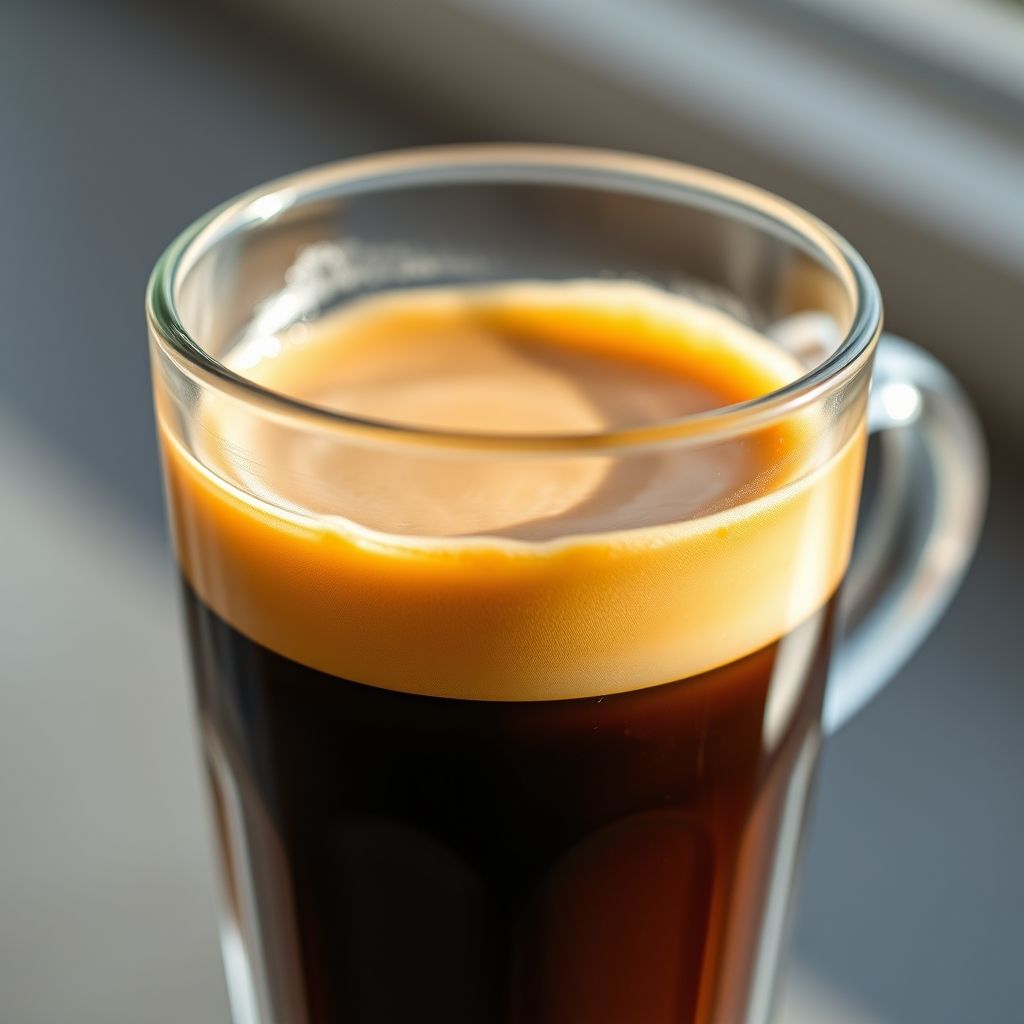The Americano: A Coffee Classic Explained

Decoding the Americano: Your Guide to a Coffee Staple
In the vast and vibrant world of coffee, the Americano stands as a beloved classic. Simple yet satisfying, it’s a drink that offers a nuanced flavor profile while being relatively easy to prepare. But what exactly is an Americano, and how did it come to be? This guide delves into the details, providing you with everything you need to know about this popular coffee beverage.
What Makes an Americano?
At its core, an Americano is a coffee drink made by combining an espresso shot with hot water. The resulting beverage is less intense than a straight espresso, which is known for its concentrated, bold flavor. However, the Americano still retains the complex and nuanced flavors characteristic of espresso, making it a perfect choice for those who appreciate a richer coffee experience without the full punch of a concentrated shot.
The beauty of the Americano lies in its simplicity. It’s a drink that’s adaptable to individual preferences. The ratio of espresso to water can vary, influencing the drink’s strength. Some prefer a stronger Americano with a higher espresso concentration, while others opt for a more diluted version. This flexibility is a key reason why the Americano has become a global favorite, easily customizable to suit different palates.
The Origins: A Matter of Debate
The story behind the Americano’s name is, perhaps, as intriguing as the drink itself. There are several theories, each with its own compelling narrative. One popular belief suggests that the Americano was born during World War II. According to this theory, American soldiers stationed in Italy found the local espresso too strong. To make it more palatable, they diluted it with hot water, thus creating a drink that mirrored their preferred coffee style back home. This explanation, though widely circulated, is difficult to definitively prove.
Another, less widely-known, theory proposes that the term ‘Americano’ might have pre-existed its wartime association. Some believe the term originated in Central America, where a similar coffee preparation may have been in use before the war. While the exact origin remains a topic of debate, the drink’s subsequent rise in popularity is undeniable.
Americano vs. Long Black: What’s the Difference?
The Americano shares a close resemblance to another coffee drink known as the long black. The primary difference lies in the order of preparation. For an Americano, the espresso is poured *into* the hot water. In contrast, a long black is made by pouring the espresso *over* the hot water. This seemingly minor difference can influence the crema – the foamy layer on top of the espresso – resulting in a slightly different texture and overall taste.
Variations and Terminology
Depending on the location, you might encounter different names for this popular coffee drink. In Italy, you may see it listed as a caffè americano, while in Spain and other Spanish-speaking regions, it’s known as a café americano. Regardless of the name, the core concept remains the same: espresso diluted with hot water. This slight flexibility in naming conventions is a testament to the drink’s international appeal and the evolution of coffee culture worldwide.
Making Your Own Americano
Making an Americano at home is remarkably easy. You’ll need an espresso machine (or a way to make espresso, such as a Moka pot) and a source of hot water. Simply brew a shot of espresso and add hot water to your desired strength. Experiment with the ratio of espresso to water to find your perfect cup.
Conclusion
The Americano is more than just a coffee drink; it’s a cultural phenomenon. Its simple yet elegant nature allows for endless customization, making it a go-to choice for coffee lovers around the globe. From its debated origins to its international variations, the Americano is a testament to the ever-evolving world of coffee. So, next time you’re at a coffee shop or brewing at home, consider an Americano – a classic that continues to captivate.




